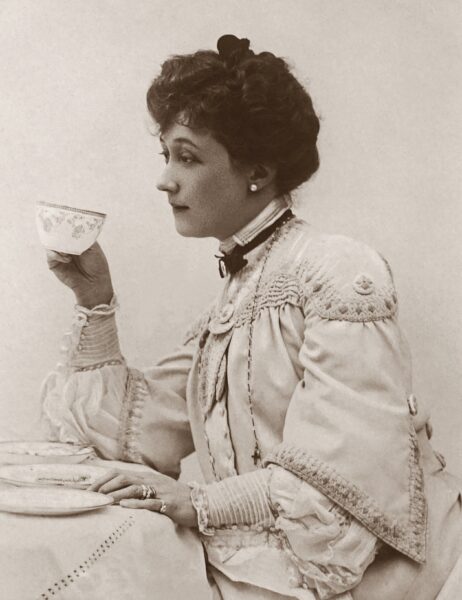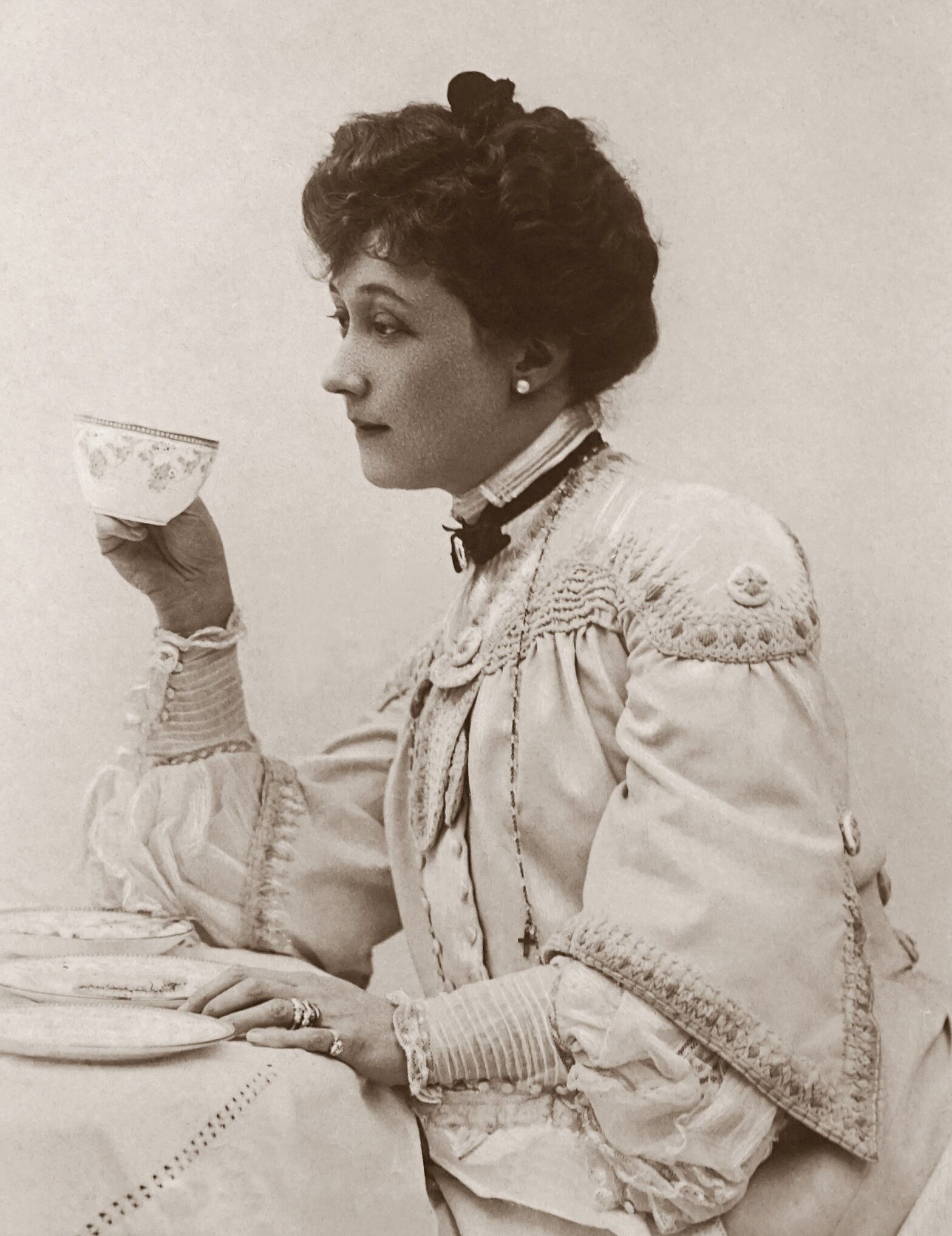
Tea, a beverage that has transcended cultural boundaries and conquered the hearts of millions, boasts a rich history that stretches back thousands of years. While its roots can be traced to ancient China, it was the journey to Europe that truly transformed tea into a global phenomenon. In this exploration, we’ll delve into the origins of tea, its evolution, and its profound impact on European trade and culture.
The Roots of Tea:
The story of tea begins in China, where legend has it that Emperor Shen Nong discovered the invigorating properties of tea leaves around 2737 BCE. Initially prized for its medicinal qualities, tea soon became a staple in Chinese culture, both as a beverage and a symbol of social unity.
Tea’s Arrival in Europe:
Tea first arrived on European shores in the early 17th century, thanks to Dutch and Portuguese traders who encountered it during their voyages to the East. Initially considered an exotic luxury reserved for the elite, tea gradually gained popularity across different European nations. Catherine of Braganza, the Portuguese princess who married England’s Charles II in 1662, played a pivotal role in popularizing tea in England’s royal court.
The Rise of Tea Houses:
As the demand for tea grew, dedicated tea houses began to emerge across Europe, serving as hubs for intellectual discussions, socializing, and relaxation. These establishments became synonymous with sophistication and refined taste, attracting the upper echelons of society. Tea became more than a beverage; it became a social ritual, complete with elaborate ceremonies and fashionable tea-drinking etiquette.

The Impact on European Trade:
Tea’s popularity spurred a significant transformation in European trade dynamics. The British East India Company, established in the early 17th century, played a crucial role in the tea trade between China and Europe. The demand for tea led to the establishment of trade routes, tea plantations, and increased economic ties between the East and the West. The infamous Opium Wars, fought in the mid-19th century, were, in part, a consequence of the British desire to balance their tea trade deficit with China.
Tea and European Culture:
Tea became deeply ingrained in European culture, influencing art, literature, and fashion. The elegance associated with tea-drinking found expression in paintings, poetry, and the design of tea sets. In the 18th century, porcelain tea sets, adorned with intricate patterns and scenes from Chinese landscapes, became highly coveted status symbols.
Tea Time Tradition:
The quintessential English tradition of “afternoon tea” originated in the mid-19th century, popularized by Anna, the Duchess of Bedford. This delightful ritual involved serving tea and light snacks between lunch and dinner, creating a charming social occasion that endures to this day. The custom of afternoon tea became a symbol of refined manners and hospitality.

Conclusion:
Tea, once a well-kept secret in the Far East, embarked on a transformative journey that took it across continents and oceans, eventually becoming an integral part of European culture. From its arrival in the 17th century to the development of tea-drinking rituals and the profound impact on global trade, tea’s history in Europe is a fascinating tale of cultural exchange and integration. As we sip our favorite brew today, let us appreciate the centuries of history and tradition that have shaped the comforting embrace of a simple cup of tea.

